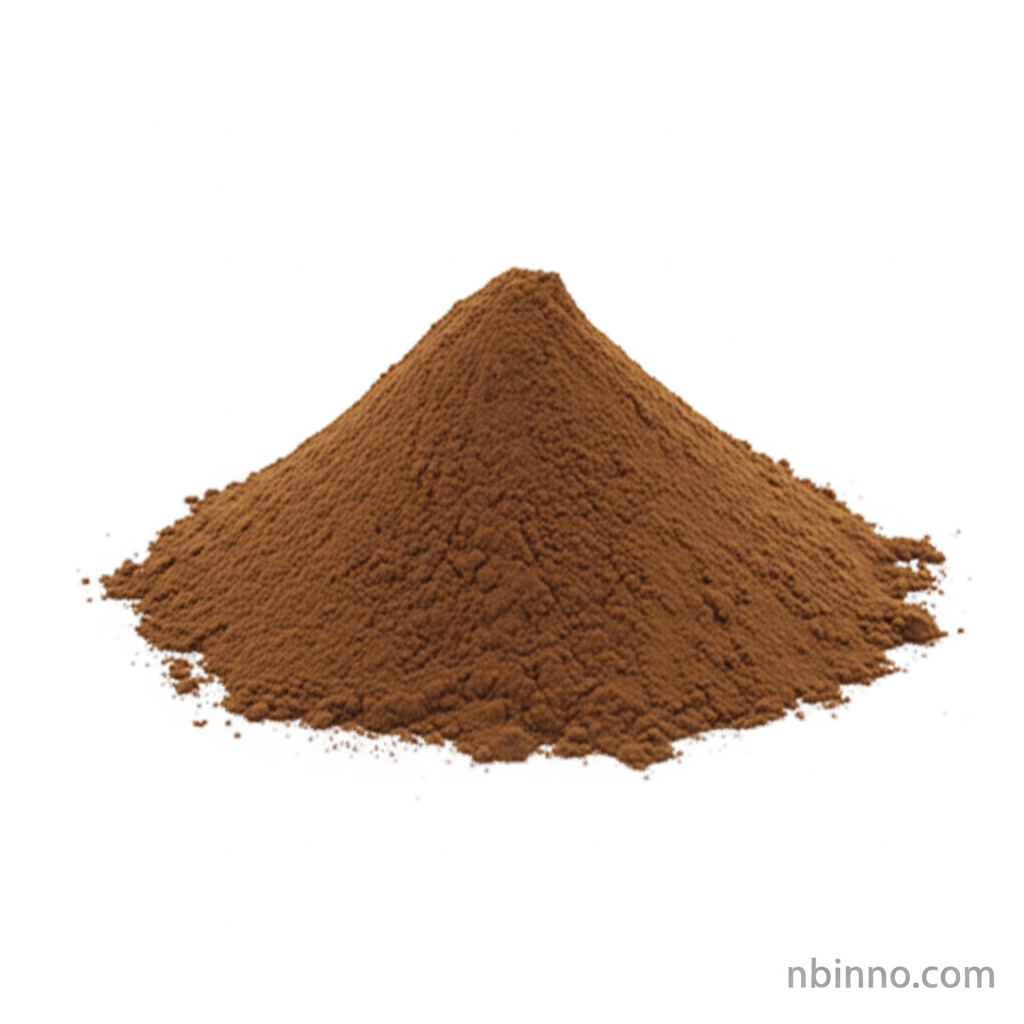Thymoquinone: Potent Anti-inflammatory Agent Targeting IRAK1 for Disease Treatment
Discover the science behind Thymoquinone's powerful anti-inflammatory action and its impact on disease pathways.
Get a Quote & SampleProduct Core Value

Thymoquinone Powder
Thymoquinone is a bioactive compound from Nigella sativa, recognized for its significant anti-inflammatory and antioxidant properties. Its therapeutic potential is being explored for various diseases by targeting key cellular signaling pathways involved in inflammation.
- Exploring the anti-inflammatory effects of thymoquinone in various disease models offers insights into its therapeutic potential.
- The mechanism of action involves TQ acting as an IRAK1 inhibitor, crucial for regulating innate immune responses.
- TQ significantly inhibits the NF-kB pathway, a central regulator of inflammatory processes and cytokine production.
- The compound also demonstrates inhibitory effects on the AP-1 pathway, further contributing to its anti-inflammatory profile.
Key Advantages
Targeted Inflammation Control
TQ's ability to specifically target IRAK1 provides a precise approach to managing inflammation, offering potential benefits in conditions like gastritis and hepatitis treatment.
Broad Therapeutic Potential
Leveraging thymoquinone's anti-inflammatory and antioxidant properties can lead to novel treatments for a range of inflammatory disorders.
Natural Origin, Proven Efficacy
Derived from the well-known Nigella sativa plant, TQ offers a natural solution with scientifically validated anti-inflammatory effects.
Key Applications
Anti-inflammatory Therapy
TQ is a potent agent for reducing inflammation, with applications in managing inflammatory diseases.
Gastrointestinal Health
Its protective effects against gastritis suggest TQ can be used to support digestive health.
Liver Support
TQ exhibits hepatoprotective properties, making it beneficial for liver health and recovery.
Research and Development
The compound serves as a valuable tool for scientific research into inflammation and immune response mechanisms.
